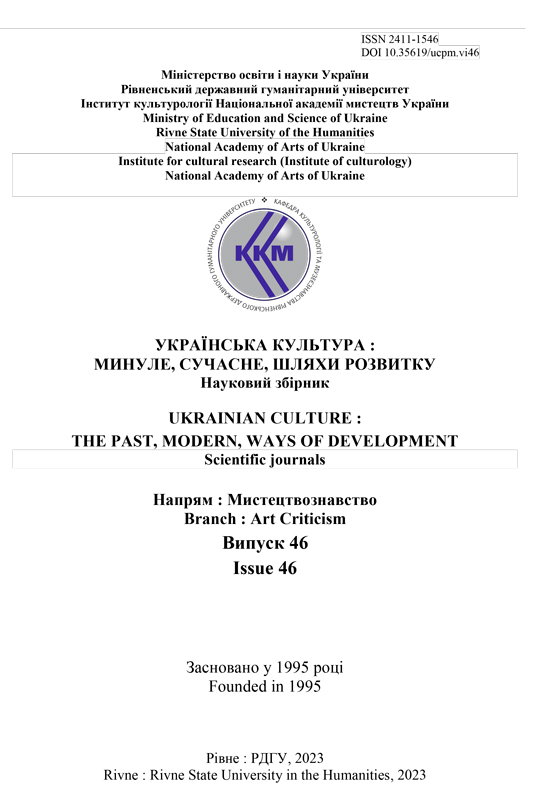ANDISH CHARANGO AS A PHENOMENON OF SOUTH AMERICAN MUSIC CULTURE
DOI:
https://doi.org/10.35619/ucpmk.vi40.518Keywords:
charango, guitar-like instruments, Andean sound, musical cultures of Peru and Bolivia.Abstract
The article systematizes the historiographic knowledge about the charango – an authentic Andean variety of guitar-like Latin American instruments that arose as a result of the replication of ancient European samples of chordophones by the indigenous population of the highlands of Peru, Bolivia and other countries. The existence of the instrument in an autochthonous environment, along with the original Indian ritual musical attributes, is associated with the aesthetics of the Andean sound in pre-colonial history. The exogenous nature of the spreading of the charango, which has become a South American «transcultural icon», is revealed in conjunction with mythologemes, marriage ritual and ceremonial connotations of the Quechua and Aymara Indian peoples (Kyaswa, Cadgelo). Organological features of many species branches of the charango family are generalized. The directions of development of performing resources and repertoire fund are marked. The actualization of the practice of playing the charango, the improvement of the well-known and the invention of new designs of the instrument are due to the phenomena of Indianism and the global trend of intercultural interaction.




